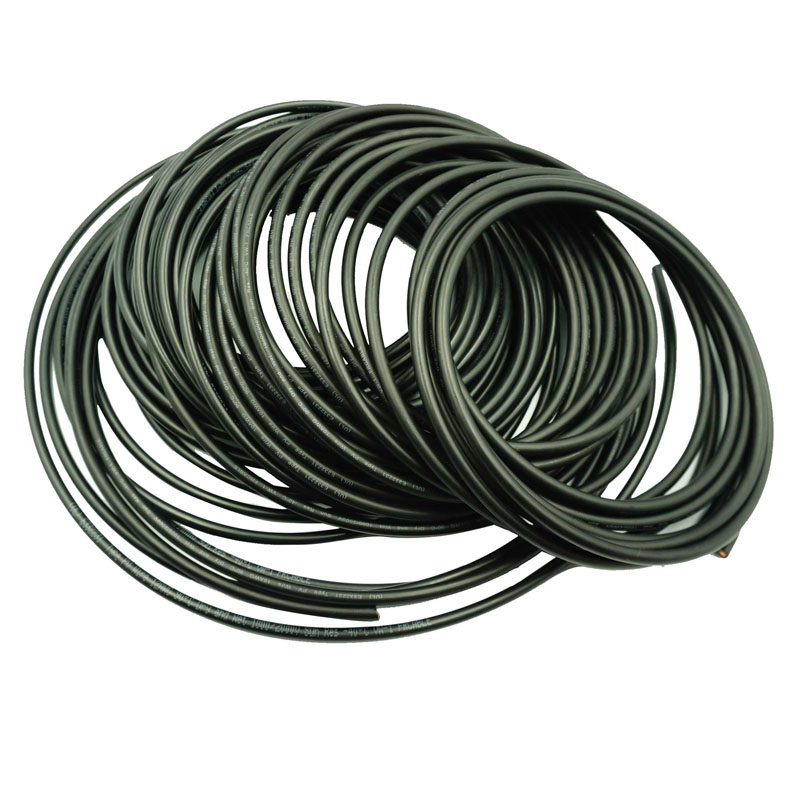Safeguarding Your Home: The Essential Role of GFCIs in Electrical Wiring
2024-05-25
In the realm of home safety, Ground Fault Circuit Interrupters (GFCIs) stand out as crucial components of electrical systems. These devices, often overlooked in their small and unobtrusive forms, play a significant role in protecting individuals from electric shocks and preventing electrical fires. Understanding the purpose and function of GFCIs can underscore their importance and encourage proper installation and maintenance in every household.
What is a GFCI?
A Ground Fault Circuit Interrupter (GFCI) is a specialized electrical device designed to protect people from electric shock hazards. It quickly detects ground faults—unintentional electrical paths between a power source and a grounded surface. When such a fault is detected, the GFCI cuts off the electrical current, potentially saving lives and preventing serious injuries.
How Does a GFCI Work?
GFCIs are engineered to monitor the amount of current flowing from hot to neutral wires. Under normal conditions, the current flowing through both wires is equal. However, if there's any imbalance, even as small as 4-5 milliamps, it indicates a ground fault. This could happen if, for instance, a person touches a live wire and the ground simultaneously. The GFCI senses this discrepancy and shuts off the electrical power in as little as 1/40th of a second.
Why Are GFCIs Important?
1. Prevention of Electric Shock: The primary purpose of a GFCI is to prevent electric shock, which can be fatal. By cutting off the current when a fault is detected, GFCIs significantly reduce the risk of electrocution.
2. Fire Prevention: Ground faults can generate heat and potentially ignite nearby flammable materials, leading to electrical fires. GFCIs help prevent such incidents by interrupting the current flow before it can cause damage.
3. Water-Prone Areas: GFCIs are particularly vital in areas where electricity and water might meet, such as kitchens, bathrooms, garages, basements, and outdoor spaces. Moisture increases the risk of ground faults, making GFCIs indispensable in these environments.
Types of GFCIs
There are three main types of GFCI devices, each suited to different applications:
1. Receptacle GFCIs: These are the most common type, resembling standard electrical outlets but with built-in GFCI protection. They are typically installed in areas where ground faults are more likely.
2. Circuit Breaker GFCIs: Installed in the electrical panel, these protect an entire circuit and can prevent ground faults from any outlet on that circuit.
3. Portable GFCIs: These are useful for temporary situations where a GFCI-protected outlet is not available. They are often used in construction sites or for outdoor activities requiring electrical equipment.
Installation and Testing
Proper installation of GFCIs is crucial for their effective functioning. It is recommended to have a qualified electrician install these devices, especially when dealing with circuit breaker GFCIs. Regular testing of GFCIs is also essential. Most GFCI devices have a "Test" button that, when pressed, should cut off the power to confirm the device is working correctly. If the GFCI does not trip when tested, it should be replaced.
Conclusion
GFCIs are indispensable safety devices in modern electrical systems. Their ability to detect ground faults and cut off electrical power swiftly can save lives and prevent property damage. Homeowners should ensure that GFCIs are installed in all recommended areas and test them regularly to maintain a safe living environment. By understanding and utilizing GFCIs, we can significantly reduce the risks associated with electrical hazards and enhance overall safety in our homes.



